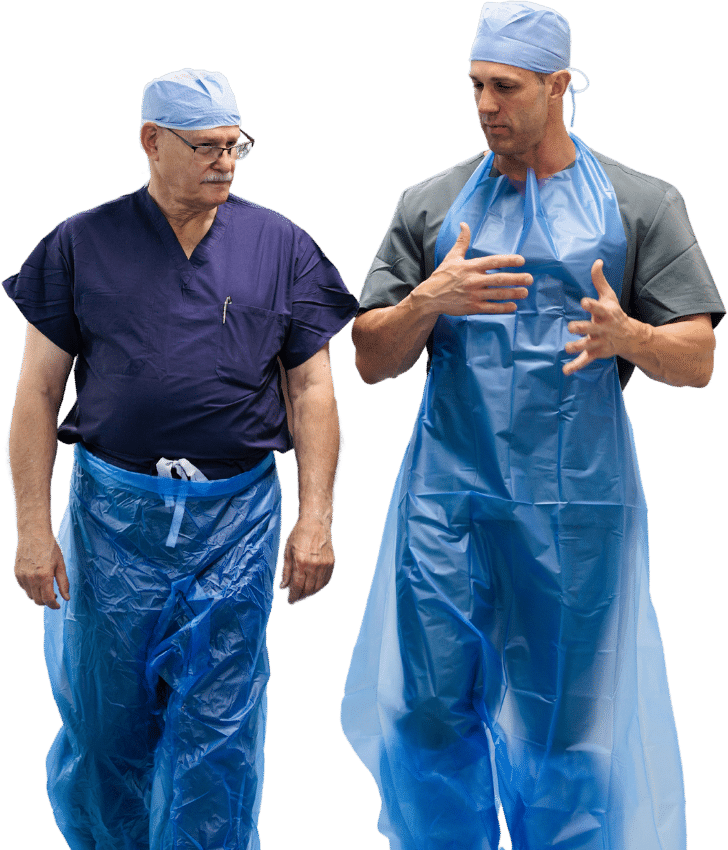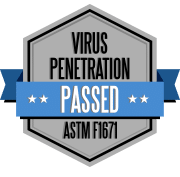Is your facility in lockstep with the latest standards for personal protective equipment (PPE) management plans for infection control? In light of the ongoing COVID-19 pandemic, both healthcare facilities and regulating bodies are placing a greater emphasis on ensuring that PPE is properly managed and utilized to reduce the risk of infection transmission.
Government agencies like the FDA and OSHA each have updated guidance and requirements for PPE. Testing standards, established by an independent agency called ASTM International, are also at the forefront of many minds this year. Last, but certainly not least, the Centers for Disease Control has released updated guidance on many PPE management plan components.
Let’s take a look at the updated standards, practices, and regulations from these bodies and make sure your facility is aware of the latest.
The Four Levels of PPE
When it comes to personal protective equipment (PPE), different levels provide varying degrees of protection. The definitions for the four different levels of protection are standardized, and these remain unchanged from prior years:
Level 1: This is the basic level of protection and includes equipment such as safety glasses, gloves, and lab coats. It is suitable for minimal-risk situations.
Level 2: This level offers a step up in protection and includes items like face shields, coveralls, and respirators. It is suitable for moderate-risk situations.
Level 3: This level provides a high level of protection and includes gear such as chemical-resistant gloves, full-face respirators, and disposable coveralls, boot covers, shoe protectors, and patient transfer sheets. Level three PPE is suitable for high-risk situations.
Level 4: This is the highest level of protection and includes equipment such as encapsulating suits and self-contained breathing apparatus. It is suitable for the most hazardous situations, such as ebola containment.
It’s important to assess the level of risk in your clinical environment and select the appropriate level of PPE to ensure that you’re providing adequate protection to staff and patients.
FDA Quality Standards for Personal Protective Equipment
As a regulatory agency, the FDA plays a crucial role in ensuring the safety and effectiveness of personal protective equipment (PPE) in the United States. It oversees the standards and regulations that govern the manufacturing, labeling, and distribution of PPE to protect consumers and healthcare workers.
Standards and Regulations:
– The FDA enforces quality standards for PPE to ensure that they meet specific criteria for protection against hazards such as chemicals, biological agents, and physical stresses.
– It requires manufacturers to conduct tests and provide evidence of compliance with these standards before they can market their products.
– The FDA also regulates the labeling of PPE to ensure that it accurately reflects the product’s intended use, limitations, and proper instructions for use.
For example, surgical gowns are regulated by the FDA as Class II medical devices. New definitions and guidance for Medical Gowns have been released as of January 2024. The FDA recognizes consensus standards for gowns as listed in the FDA’s Recognized Consensus Standards database.
To identify FDA-cleared products, search the 510(k) Premarket Notification database using the product codes for gowns (FYA, FYB, FYC, and QPC).
A note on expired gowns: Always check if the gown has expired, as indicated by the manufacturer-designated shelf life in the product labeling. Expired gowns may be used for training and demonstration purposes where barrier protection is not needed.
What are the OSHA Standards & Requirements for PPE Use?
In addition to FDA regulations, it’s even more important for healthcare facilities and staff to be aware of the Occupational Safety and Health Administration (OSHA) standards for Personal Protective Equipment (PPE) use in healthcare facilities and hospitals. For example:
– OSHA requires healthcare facilities to assess the workplace for potential hazards that may require the use of PPE.
– Employers must provide appropriate PPE to employees at no cost.
– PPE must be properly maintained, cleaned, and disposed of.
– Employees must receive training on how to use PPE effectively.
OSHA regulations with respect to Bloodborne pathogens are as follows:
- 29 CFR 1910.1030 Bloodborne pathogens:
When there is occupational exposure, the employer shall provide, at no cost to the employee, appropriate personal protective equipment such as, but not limited to, gloves, gowns, laboratory coats, face shields or masks and eye protection, and mouthpieces, resuscitation bags, pocket masks, or other ventilation devices. Personal protective equipment will be considered “appropriate” only if it does not permit blood or other potentially infectious materials to pass through to or reach the employee’s work clothes, street clothes, undergarments, skin, eyes, mouth, or other mucous membranes under normal conditions of use and for the duration of time which the protective equipment will be used.
For additional guidance on OSHA’s bloodborne pathogen standard, see Bloodborne pathogens.
OSHA standards for PPE use in healthcare facilities and hospitals are in place to ensure the safety and well-being of healthcare workers and patients. It is important to adhere to these standards to prevent the spread of infectious diseases and to protect against workplace hazards. It is the responsibility of both employers and employees to comply with OSHA standards for PPE use to create a safe work environment.
ASTM’s F1671 Test Standards
The ASTM International F1671 test standard is used to determine the impermeability of personal protective clothing, such as gowns and coveralls, that are used in hospitals and healthcare facilities. This test standard is crucial in ensuring that the protective clothing provides an effective barrier against bloodborne pathogens and other infectious materials.
The F1671 test involves subjecting the material to a high-pressure stream of synthetic blood. The material is then visually inspected for any signs of penetration. If there is no visible penetration, the material is considered to be impermeable and capable of providing effective protection against blood-borne pathogens.
By complying with this standard, manufacturers can ensure that their products are safe and effective for use in healthcare environments. By choosing to use products in your facility that meet this standard, you can ensure that your staff is protected from the most dangerous fluidborne illnesses and stop the spread of infection.
The Center for Disease Control (CDC) Recommendations for PPE Optimization
As of 2024, the latest recommendations on PPE optimization from the CDC include:
1. Prioritizing the use of N95 respirators or their equivalent in healthcare settings during times of shortage, and using alternatives such as face masks when respirators are not available.
2. Ensuring proper fit and usage of respirators, with education and training provided to healthcare personnel on proper donning and doffing techniques.
3. Considering extended use or reusing of respirators in situations of crisis capacity, with careful monitoring and assessment of the integrity of the respirator and adherence to recommended storage conditions.
4. Implementing strategies for the conservation of surgical masks, such as using them for extended durations or reusing them if they are not soiled, damaged, or visibly contaminated.
5. Exploring the use of reusable face shields as an adjunct to face masks for healthcare personnel as an alternative when masks are in short supply.
6. Using medical gloves following standard precautions, while ensuring appropriate glove removal and hand hygiene practices are followed.
7. Using impermeable gowns or coveralls as additional protection for healthcare personnel when performing procedures with a high risk of generating respiratory aerosols.
8. Promoting and encouraging adherence to current infection prevention and control practices, including proper hand hygiene, respiratory etiquette, and environmental cleaning and disinfection measures.
Explore more transmission-based precautions on the CDC’s updated website.
PPE Best Practices for Your Facility
The fundamental requirements for PPE in hospitals and healthcare facilities haven’t really changed. All healthcare personnel must have access to appropriate PPE such as gloves, gowns, masks, and eye protection.
Above and beyond that basic provision, and taking into consideration the newest guidance from the FDA, CDC, and OSHA, here are five best practices to integrate into your updated PPE Management Plan:
1. Prioritize Proven, Safe, Comfortable Designs
Ensure that the personal protective equipment in your facility meets certain criteria to protect the wearer from hazards while prioritizing comfort and usability.
This includes criteria like:
– Proper fit to ensure the equipment stays in place during use
– Comfortable materials and design to encourage regular use
– Ease of use and wear, to reduce the risk of contamination
– Clear instructions for proper use and maintenance
– Durability to withstand wear and tear
– Adequate coverage to protect the wearer from the specific hazards they may encounter
– Compatibility with other required PPE or equipment
– Proper labeling to indicate the level of protection provided
Choose your PPE from manufacturers who:
– Conduct thorough research to identify the specific hazards the PPE will protect against.
– Use high-quality materials and construction methods to ensure durability and effectiveness.
– Test the design to ensure it meets safety standards like ASTM’s F1671.
– Seek feedback from users to identify any potential design flaws or areas for improvement.
– Continuously evaluate and update the design based on new research and advancements in technology.
2. Provide Customizable Sizing Without Stocking Single Sizes
PPE that fits properly ensures maximum protection and comfort for the user.
One-size-fits-all PPE and protective clothing are designed to be adjustable to your staff members’ unique body composition, making it easier to get an appropriate and secure fit. It eliminates the need to worry about finding the right size for each individual, saving time and effort. Additionally, it can be more cost-effective for businesses to purchase one-size-fits-all PPE as it can be used by a wider range of employees.
When PPE is too big or too small, it can lead to discomfort, reduced mobility, and compromised protection. Ill-fitting PPE can also result in distractions and reduced performance.
Choosing PPE that is of appropriate, or customizable, size is essential for maintaining a safe and healthy work environment.
3. Use Tested, Safe Materials
The material used in PPE such as gowns, masks, and gloves must not allow fluids to pass through them. This is essential in protecting your staff from fluidborne pathogens such as viruses and bacteria.
When PPE is impermeable to fluids, it prevents any bodily fluids or other potentially infectious materials from coming into contact with the wearer’s skin or clothing. This is especially important in medical settings where there is a risk of exposure to blood, saliva, or other bodily fluids that may be carrying harmful pathogens.
Use PPE that features impervious polyethylene blend material at least 2 ml thick and passes the ASTM F1671 test.
4. Consider Disposable Solutions for Better Infection Control
Ensuring that personal protective equipment (PPE) can be easily and completely sanitized is critical to preventing the spread of infections. Disposable PPE offers several advantages over reusable PPE when it comes to infection control:
1. Reduced Risk of Contamination: With disposable PPE, there is no risk of incomplete sanitization or wear and tear that can compromise its protective ability.
2. Consistent Protection: Disposable PPE provides a consistent level of protection without the variability that can occur with reusable PPE.
3. Convenience and Efficiency: Disposable PPE eliminates the need for cleaning and sterilization processes, saving time and resources.
Choosing disposable options can greatly improve infection control measures and contribute to a safer healthcare environment for everyone.
5. Designate & Label Areas for PPE Donning and Doffing
When designating areas for PPE donning and doffing in a healthcare facility, it’s important to ensure clarity and safety for all staff and patients. Here are the steps to appropriately label these areas:
1. Identify separate spaces: Designate distinct areas for donning and doffing to prevent potential cross-contamination.
2. Clearly label each area: Use bold and visible signage to clearly indicate the purpose of each space.
3. Provide clear instructions: Offer written or visual instructions outlining the correct procedures for donning and doffing PPE in each designated area. (Use our free poster!)
4. Ensure accessibility: Make sure the designated areas are easily accessible to all staff members and are located in convenient and strategic locations within the facility.
5. Regularly reinforce proper procedures: Continuously remind staff of the importance of using the designated areas and following proper donning and doffing protocols.
Future Standards – Our PPE Predictions
Future guidance from OSHA, FDA, and CDC will continue to focus on ways to ensure the highest level of protection for healthcare workers and the public. These standards will likely focus on the following key areas:
1. Enhanced durability: PPE will need to be more durable to withstand prolonged use and provide long-term protection.
2. Improved breathability: Future standards may prioritize PPE that is more breathable to ensure comfort for the wearer during extended use.
3. Enhanced filtration: There will likely be a focus on improved filtration capabilities to better protect against airborne particles and viruses.
4. Sustainable materials: PPE standards may also emphasize the use of sustainable materials to reduce environmental impact.
5. Clear labeling and usage guidelines: Future standards will likely provide clear labeling and usage guidelines to ensure proper and effective use of PPE.As the medical community heads into the future together, Sloan Medical remains committed to researching & developing new and better PPE for surgeons and healthcare staff using your feedback and experiences. Founded by surgeons, we are dedicated to setting a higher bar for surgeries and patient experience. See how we’ve been protecting healthcare professionals for over 30 years.





